I have a confession to make. I took a train this week. It wasn’t a part of my plan, to ride on trains in lieu of walking across Italy, but last Sunday, on my way out of Fidenza, I stopped at the bank to get a few Euros from the ATM. A simple task, one I do at least once a week. But the machine froze mid-transaction, rebooted, and swallowed my card. After a moment of panic (understandable, in my defense, as it was 7 a.m. on a Sunday) I concluded it would be easiest to stay in town one extra day and return to the bank when it opened Monday morning to retrieve my card in person.
In order to keep up with the small band of pilgrims I’d been traveling with (who quickly became my Camino family — more on them later) I decided to take the train a few kilometers so I could catch up with them.
Even so. “It feels like cheating,” I said to my friend, Caty, while I was still in the ATM vestibule, deciding what to do. I figured she’d be good to troubleshoot with as she previously walked the Camino Santiago with another friend. “Is it cheating to take the train?”
“It’s not cheating,” she said, “Four hundred years ago, if someone offered you a ride on their donkey cart, you’d take it, no question. That’s a part of it.”
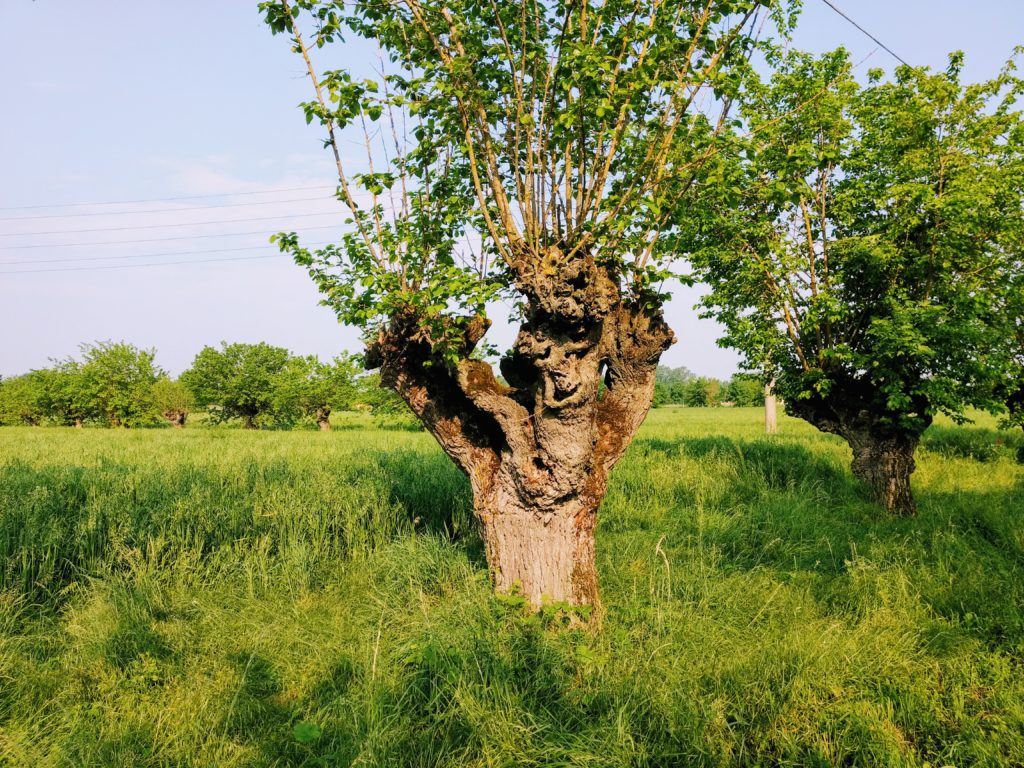
After talking with Caty I felt better, but I still wanted to walk part of the leg I’d be missing. I found an inexpensive hotel and dropped off my backpack (I will tell you that there is a tremendous difference between walking with a pack and walking without one!) and hit The Way. I was happy to walk that day as, after leaving the bustle of Fidenza behind, the trail took me through tranquil fields and canopied paths. The Way, as it so often does, became a means for contemplation, for helping me let go of the frustrations of the day.
As I walked, I gained clarity. I gained energy. I wanted to walk as far as I could, but because I was passing through such small towns, with limited bus and train service, I knew it would be smarter to walk for a couple of hours and then simply turn around and return to Fidenza.
It seemed sort of silly, to walk 10K and then boomerang back in the opposite direction. After all, I’m supposed to be walking to Rome, not away from it. But as I walked, I remembered the many signs I’d seen on the Via Francigena, signs with arrows pointing in opposite directions. Technically, that makes sense; one might, for many reasons, want to walk to Canterbury from Rome rather than to Rome from Canterbury. But perhaps there’s more to it than a technical reason.
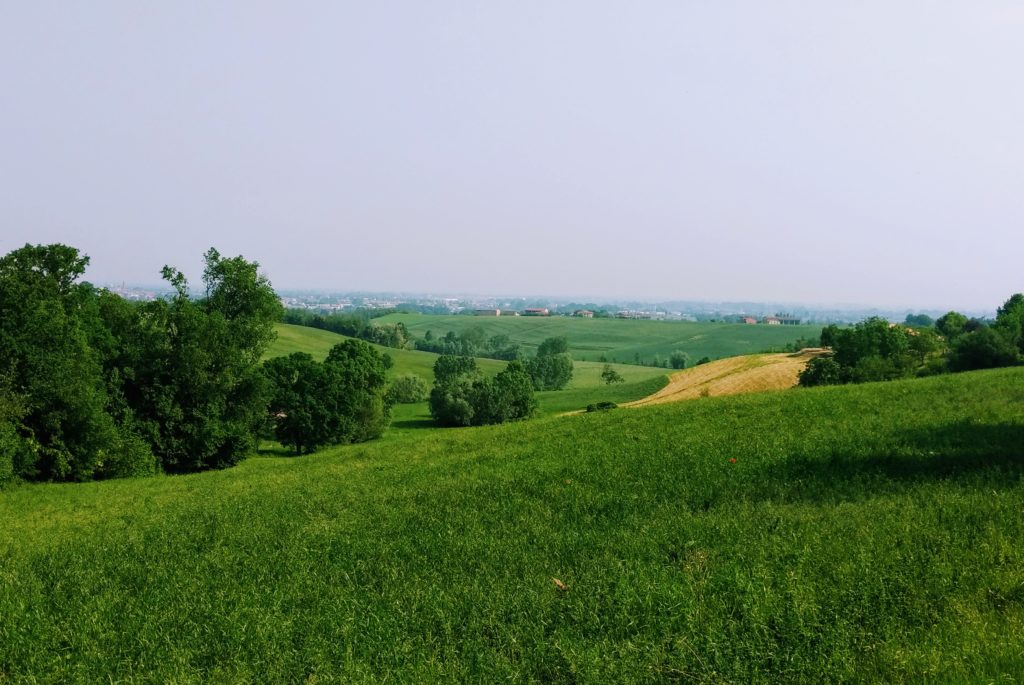
As I walked on Sunday, I started thinking about what it means to take a pilgrimage. I started thinking about The Way. Ordinarily, when I think of a person going on a pilgrimage, the first thing that comes to mind is a person walking along a designated route toward a designated destination. That isn’t necessarily wrong — a pilgrimage, by definition, is a journey to a specific location — but it isn’t entirely right as well. A pilgrimage — The Way — is not just about the tangible road that passes beneath your feet and leads you to some place holy. It isn’t solely a linear map with a series of plot points to get you from A to B to C to D.
A pilgrimage is, at its core, an exploration — of the mind, of the heart, of the world, of your place in that world. Sometimes A leads to C and back to B before moving on to D; sometimes A bypasses B entirely. That you get to your intended destination isn’t as important as how you get there, in your own unique fashion, on your own unique timeline. Arriving at your destination isn’t as important as the people you meet and the discoveries you make along the way.
A new friend of mine, K, a pellegrino from Switzerland, told me that there is a saying, “The Way is the goal.”
So while my eyes might occasionally catch glimpses of Rome on the horizon, I must remember that Rome isn’t the goal. A designated route isn’t the goal. Crossing the finish line has no meaning without every step — and misstep — you’ve taken to get you there.
In the end, the reverse of The Way is still The Way.
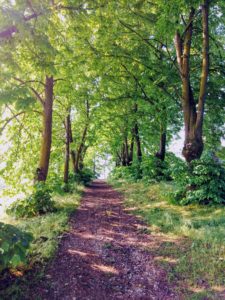
On my walk last Sunday, when I emerged from the forest to the open road, my water supply running low and the heat of the day rising, I decided to turn around and begin the walk back to Fidenza. Back under the cool canopy of green trees I passed K and her husband JF. We stopped, greeted each other with embraces as if we hadn’t seen each other a few hours before, and shared stories, as we always do. I passed families out for late-morning strolls, everyone smiling and saying, Ciao! Buongiorno! I talked to a local man who seemed confused by me.
“I see pellegrini all of the time who are walking to Rome, but they’re usually walking the other direction,” he said to me.
I had to laugh. “I’m still going to Rome,” I told him. “I just need to take a small detour.”
And then, as I was approaching Fidenza, I passed a fellow pilgrim. He was moving slowly, sort of limping along the road. We introduced ourselves, and right away, a hint of excitement in his voice, he asked if I was walking solo. I sensed he was feeling a bit lonely, and, having spent my first two weeks on The Way almost entirely alone, I understood. I said that I am traveling solo, but that I’ve made a group of friends.
I told him, “There are Brazilians and several Swiss and an Italian and a German. There’s even a dog.”
“That’s a lot of people,” he said.
“Just keep walking,” I assured him. “You’ll meet them ahead. I promise they’ll take care of you. I have unfinished business in Fidenza, but I’m going to take a train so that I can meet with my friends in the morning.
As I watched the man walk away, watched his sloth-like pace, I didn’t know if I’d ever see him again, but I couldn’t help but think we’d shared a moment that we wouldn’t have shared had I not decided to take the train the next day.
And so, still moving in reverse, I continued my journey to Rome.
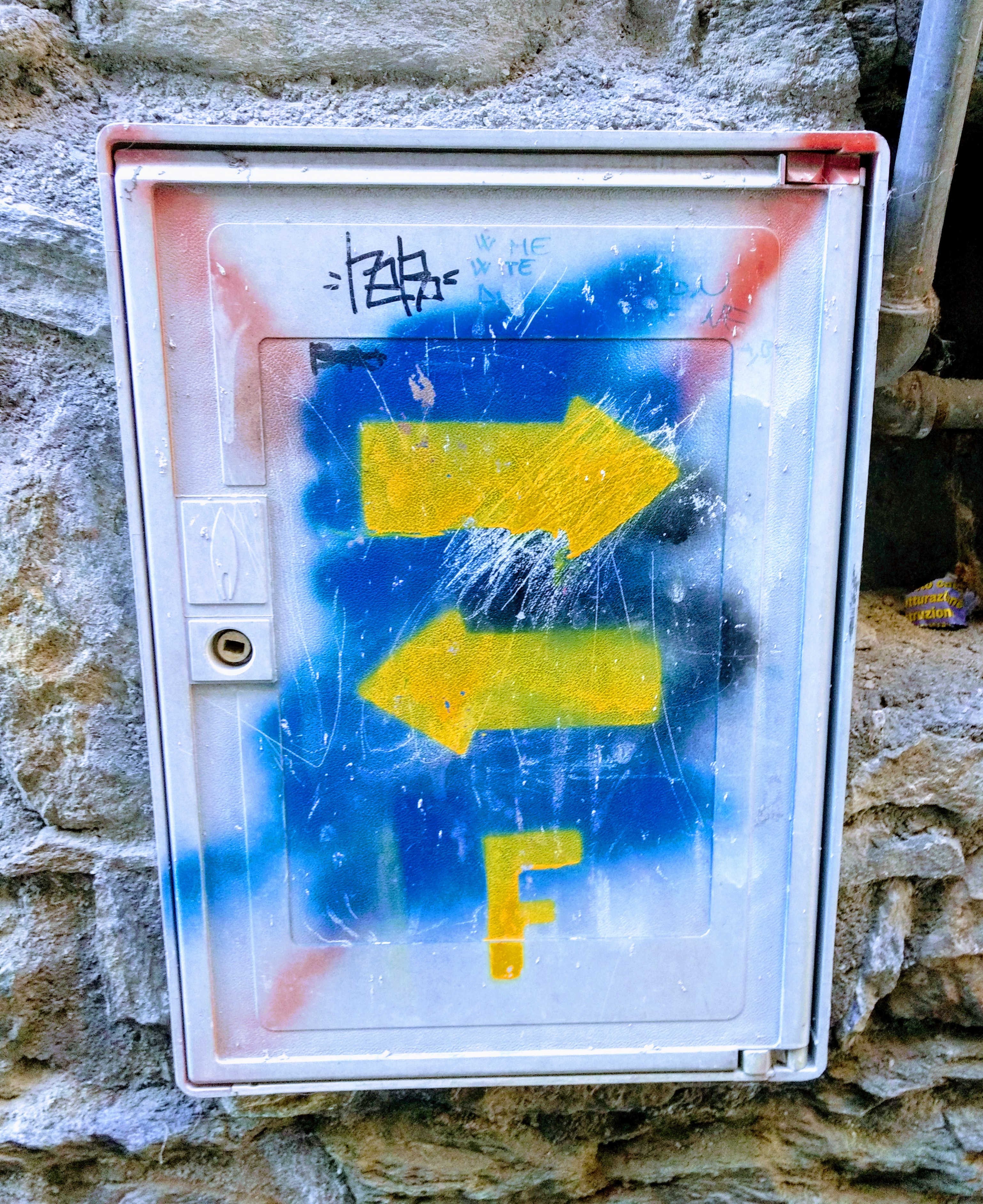



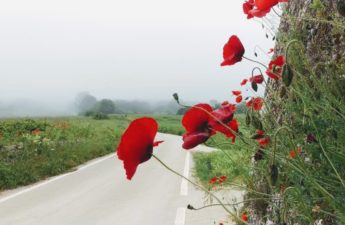
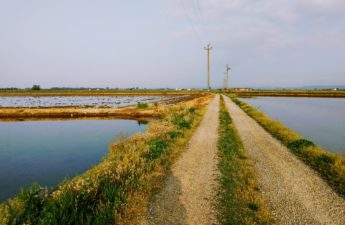
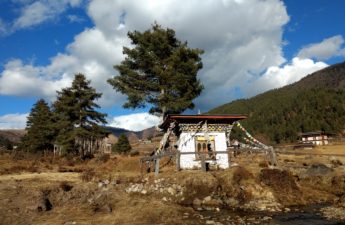
I look forward to your latest journal entry. Thanks again for taking the time and effort to share your thoughts and sights of your interesting adventure.
Thank you so much, Jim! I’m always happy to hear that folks are reading and enjoying my stories. More to come, I’m sure!
I love your attitude. Sometimes I think it’s good to think of life in general in this fashion: I don’t know what my end goal is, but what a fascinating, unpredictable path I’m taking to get there!
It’s an interesting thing to go through when there is an explicit, concrete destination. It’s a cliche (and you know I loathe cliches) but it really is about the journey more than the endpoint. But the endpoint isn’t irrelevant. It’s more that the endpoint comes into its true existence through the journey.
So much tossing around my brain, given my obsession with flânerie and my thoughts about the intersection between flânerie and pilgrimages.
Oh, I’m sure! They’re kind of opposites when it comes to the destination thing, aren’t they, flânerie and pilgrimage? And in that respect, life is more flânerie than pilgrimage — for me, at any rate — though sometimes I wish I knew where the trail was going!
They are kind of opposites, but the more I’m out here, the more I see them as being the same. Even when you know where the trail is headed, you simultaneously have no idea where you’re going.
They’re structured differently, but on the ground they often feel very similar. The pilgrimage has a supposed end point – at least a general direction you’re aiming for. It takes “big picture” navigation out of the way, but still leaves you with the wander/wonder feeling of flanerie on the day-to-day.
And in both you’re kind of invisible. In flanerie, you look like everyone else – you’re hiding in plain sight. But it’s a temporary pass. You’re still are “of” that time, if not of that place.
On a pilgrimage, at least the lomg-haul type, you’re literally a walking anachronism. It’s like you’re in a parallel universe that runs right alongside the other one. You’re moving so slowly that no one really sees you unless they’re in it with you, or are reaching out to you on purpose. Connected yet not. It’s the oddest feeling, and one I sometimes really miss. You really are free. There’s a reason so many of your Camino family have been on other walks.
Buon camino, pellegrina!
It’s an interesting thing to think about, the extent that having an end point has an impact on the process of walking (or on the development of the journey). The more I walk, the less of an impact I see.
I don’t feel invisible as a pilgrim; in fact, I feel hyper visible at times, walking around in my sweaty clothes with my big stick. But I definitely get that feeling of existing in a parallel universe. It’s such a strange feeling, to walk through a town where normal people are wearing normal (and clean) clothes, eating at cafes and talking with friends, and I’m just plodding along. People see me, yet I’m in no way a part of that world. (Even now, it’s not even 6 p.m., and the Italians are just sitting down for an aperitif, and all I can think about is eating dinner as early as possible so I can go to bed and start walking in 13 hours! It’s bizarre, but I love it.)
Not with my family anymore, but I’ll write more about them; you would love them (and they would love you!) xo
Actually the VF traces Bishop Cegeric’s journey from Rome to Canterbury, so most people are walking it the wrong way.
Does that mean I’ll need to turn around and walk to Canterbury once I arrive in Rome? 😉
You know, all roads lead to Rome, so you would end up there eventually.
Some more direct than others 😉